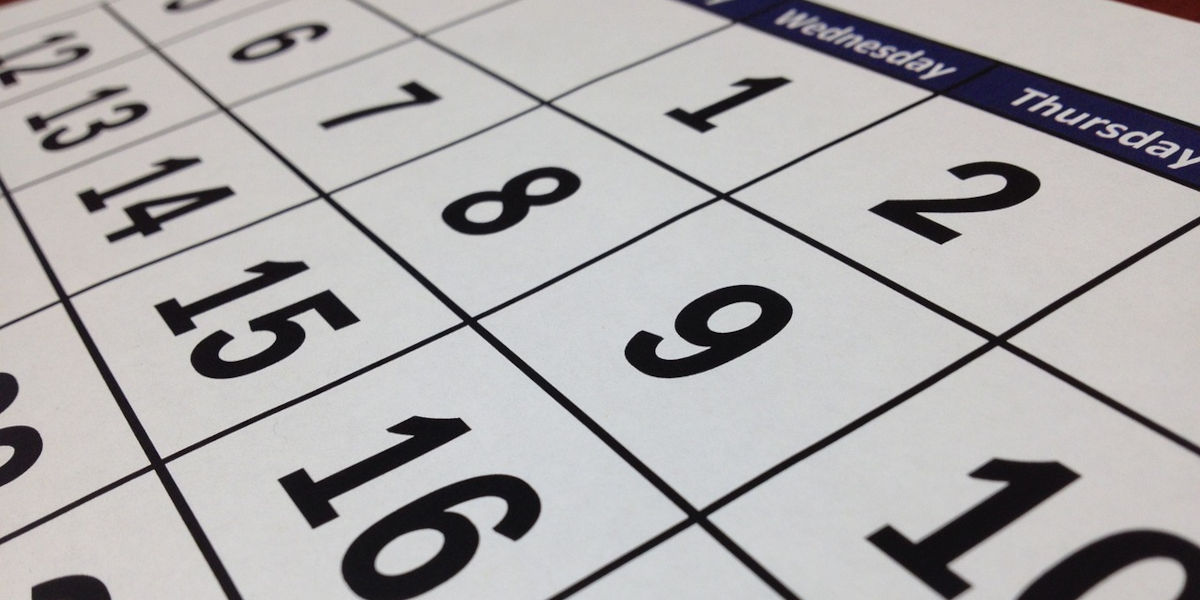The concept of time is vast, abstract, and fuzzy that human intelligence has systematically disentangled it into simpler, more understandable units. The invention of the calendar is a testament to this unique capability. But have you ever wondered about the history of the calendar, the origin of months and days, or why does February only have 28 days? This article dives deep into the fascinating account of how our current calendar system evolved.
The story of human evolution is incomplete without understanding our pursuit of measuring, dividing, and recording time. The concoction of abstract thinking, the urge to organize, and the knowledge of celestial bodies led to our present-day calendar system. This intricate science of calendar-making, honed and perfected across millennia, has evolved through scientific, cultural, and political factors, reflecting the evolution of civilizations themselves.
The Birth of a Calendar: The Origin of Months and Days
The earliest calendars were lunar, pegged to the phases of the moon. However, lunar months are approximately 29.53 days, straying from the ideal 30-day month, initially leading to discrepancies in time-keeping. The word 'month' itself has its roots in the word 'moon'. Indeed, in various cultures, the moon continues to influence the naming of months. The advent and growth of agriculture made it crucial to align the calendar with the solar year for accurate seasonal changes, triggering the transition from lunar to luni-solar and eventually, to solar calendars.
The concept of a 'week,' much like our months, has a lunar connection but varies significantly among cultures. The seven-day week that is widely accepted today has roots in the ancient Jewish calendar and was later fortified by Christianity, with references of a 'seventh day of rest' in the Bible. This seven-day concept spread and was adopted due to geopolitical factors, including Roman conquests, colonisation, and globalization in more recent history.
A Leap of Faith: The Case of February's Missing Days
So, why does February only have 28 days? Who short-changed February? The answer lies in ancient Rome, in the era of King Numa Pompilius. Roman superstition at the time considered even numbers as unlucky. Consequently, when designing the calendar, King Numa tried to avoid even numbers. His calendar had one glaring problem: it only summed up to 354 days, falling short of a lunar year.
Numa decided to add a month, Mercedinus, to balance the discrepancy. However, even after adding Mercedinus, he ended up with an even number of days. To avoid the unlucky omen, he subtracted a day from February, leaving it with 28 days.
Then came Julius Caesar, reforming the calendar system to the early Julian calendar, which included a leap year. However, February still retained its 28 days, a legacy that continues to puzzle and intrigue us today.
The Precursors of the Modern Calendar System
The earliest recording of a formal calendar system dates back to the Bronze Age, with the inception of the Sumerian Calendar around the 21st century BC, which observed lunar cycles. However, the purely lunar calendar was gradually replaced by lunisolar calendars, such as the Hebrew, Hindu, and Buddhist calendars, which integrate the solar year over the lunar cycles.
The Egyptian Calendar, tracking solar cycles, is considered one of the oldest solar calendars and dates back to the 3rd millennium BC. Notably, the ancient Egyptians became the first civilization to adopt a primarily solar calendar. They divided the year into 12 months, each month consisting of 30 days plus five additional days at the end of the year.
The Roman Calendar System
The Roman Calendar, despite its inconsistencies, made a significant contribution to calendar history. Initially adopting a purely lunar calendar, they soon switched to the supposedly more efficient lunisolar system. The early Roman calendar consisted of 10 months and an approximated 304 days, with each new year starting at the vernal equinox. It was around 713 BC that the early Roman king, Numa Pompilius, added January and February, extending the year to 354 or 355 days.
The Julian Calendar was later introduced by Julius Caesar in 46 BC when he reformed the Roman calendar by adding ten extra days to the year, aligning it with the solar year. This gave birth to the 365.25-day year, with a leap year introduced every four years.
Gregorian Calendar: The Calendar We Use Today
The Julian system remained effective until it had drifted about 10 days from the solar year by the 16th century, prompting a need for change. It was Pope Gregory XIII, after whom the Gregorian calendar is named, who introduced it in 1582. The goal was to bring the dates in alignment with the seasons. The new calendar reduced the length of the year by 0.0075 days and introduced a new formula for determining leap years.
Now, we adhere to the Gregorian calendar, with a 365-day standard year divided into 12 months. Each month has either 30 or 31 days, except February, which has either 28 or 29 days. A leap year is observed every four years to account for the additional time the Earth takes to complete one revolution around the sun.
Conclusion
Understanding the evolution of the calendar system we use today gives us a fascinating glimpse into how civilizations have historically observed time. From early lunar and lunisolar calendars, through Roman and Julian systems, to our current Gregorian calendar, it offers a compelling chronicle of human efforts to organize and rationalize our time. This comprehension aids our awareness and appreciation of the complexity involving calendric systems that have been a part of our lives.




